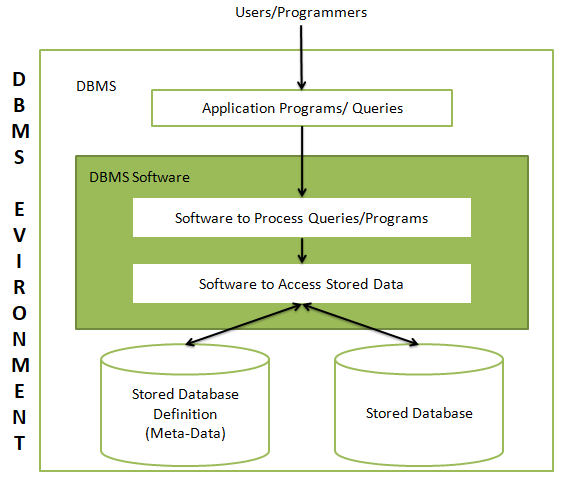In the digital age, data is the lifeblood of businesses and organizations. A Database Management System (DBMS) is the powerful software engine that helps you organize, store, retrieve, and manage this valuable information efficiently and securely. It acts as a central hub for all your data needs, allowing multiple users and applications to access and manipulate data concurrently. Whether you’re running a small business or managing a complex enterprise system, understanding the fundamentals of a DBMS is crucial for making informed decisions about data management.

How Does a DBMS Work?
A DBMS is a software suite that provides a structured way to interact with databases. It consists of several components:
- Data Definition Language (DDL): Used to define the structure of the database, including tables, fields, and relationships.
- Data Manipulation Language (DML): Used to insert, update, delete, and retrieve data from the database.
- Query Language (SQL): The most common language used to communicate with a DBMS.
- Database Engine: The core software that handles data storage, retrieval, and manipulation.
Key Advantages of Using a DBMS
- Data Independence: Separates the logical structure of data (how it’s organized) from the physical storage, making it easier to modify the database without affecting applications.
- Data Integrity: Ensures the accuracy and consistency of data through constraints, validation rules, and triggers.
- Data Security: Protects data from unauthorised access through authentication, authorisation, and encryption.
- Concurrency Control: Manages simultaneous access to the database by multiple users, preventing conflicts and ensuring data consistency.
- Backup and Recovery: Provides mechanisms for backing up data and recovering it in case of system failures or data loss.
- Data Abstraction: Hides the complexities of data storage and retrieval from users, making it easier to interact with the database.
- Performance Optimization: DBMSs use indexing and query optimization techniques to improve the speed and efficiency of data retrieval.
Types of Database Management System
- Relational DBMS (RDBMS): The most common type, organizes data into tables with rows and columns, using relationships between tables to connect data.
- NoSQL DBMS: Designed for handling large volumes of unstructured or semi-structured data, often used for big data and real-time web applications.
- Object-Oriented DBMS (OODBMS): Stores data as objects, suitable for complex data models with inheritance and relationships.
FAQs: Database Management System (DBMS)
Q: Do I need a DBMS for my small business?
A: Even small businesses can benefit from a DBMS to organize customer data, inventory, sales records, and more. It can improve efficiency, decision-making, and customer service.
Q: What is the most popular DBMS?
A: There are several popular DBMS options, including MySQL, Oracle Database, Microsoft SQL Server, PostgreSQL, and MongoDB. The best choice depends on your specific needs and budget.
Q: Is it difficult to learn how to use a DBMS?
A: The learning curve varies depending on the specific DBMS and your prior experience. However, many DBMSs offer user-friendly interfaces and tutorials to help you get started.
Q: Is my data safe in a DBMS?
A: DBMSs offer robust security features, but it’s important to choose a reputable provider and follow best practices for data security, such as strong passwords and regular backups.